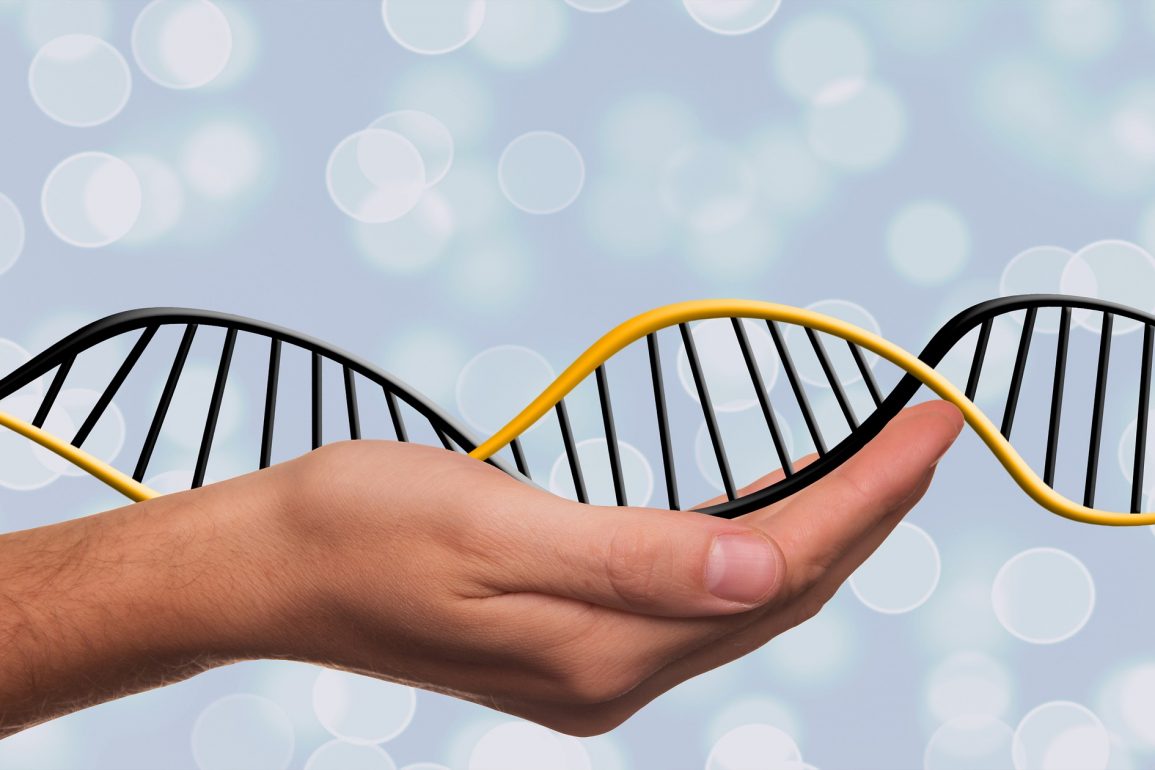The History of DNA Sequencing – The field of medical science has advanced at an incredible rate throughout modern human history. We can now do things that would have been unimaginable just decades previously, and new technology is being developed all the time to further improve health and research services.
DNA sequencing can seem like something from a science fiction film. However, the science is very real, and has been developed over the years to a point where it is now an indispensible tool for a range of different industries and fields. Let’s look at the history of DNA sequencing and how it has got to where it is today. Keep reading to find out more.
The Discovery Of DNA
Everyone has heard of DNA, an abbreviation for deoxyribonucleic acid, but few realise just how recently it was discovered. Swiss physician Friedrich Miescher first became aware of the existence of DNA back in 1869, but it took another 80 years for scientists to discover how important it truly is.
In 1953, scientists James Watson and Francis Crick made an incredible breakthrough in DNA research. They discovered how it passed down genetic information and even revealed its iconic double helix formation. If it wasn’t for this vital work, we wouldn’t have seen DNA sequencing develop as it has today.
The First Sequencing Method
In 1977, scientist Frederick Sanger developed the very first DNA sequencing method, naming it Sanger Sequencing. The very first complete genome was sequenced using the Sanger sequencing method, which was that of a bacteriophage called PhiX174.
In the same year, another sequencing method was developed. However, it was the Sanger method that cemented its place as the go-to sequencing technique, and it is still widely used in scientific fields four decades after it was first developed.
DNA Sequencing Today
By its very nature, science is constantly changing and looking for new and improved ways of doing things. DNA sequencing is no exception, but the complexity of the process is such that progress is slow. However, modern day technology has led to the development of a new kind of DNA sequencing: next generation sequencing.
By implementing advanced computers and software systems, next generation sequencing is a far more efficient and effective way of sequencing DNA, and offers greater opportunities for project growth and scalability.
As technology continues to improve, we can expect to see artificial intelligence and machine learning systems used to further optimise DNA sequencing methods. This will pave the way for even greater opportunities and will see the field truly reach the next level.
Conclusion
The power of modern medical science is a true testament to the ingenuity of man. However, our modern techniques wouldn’t be possible without the hard work of scientists in the past. DNA sequencing has come a long way. From the initial discovery of DNA itself, to the first Sanger sequencing method, to today’s next generation sequencing. As artificial intelligence and machine learning technology become more commonplace, the future looks exciting for DNA sequencing.
Poppy Watt


